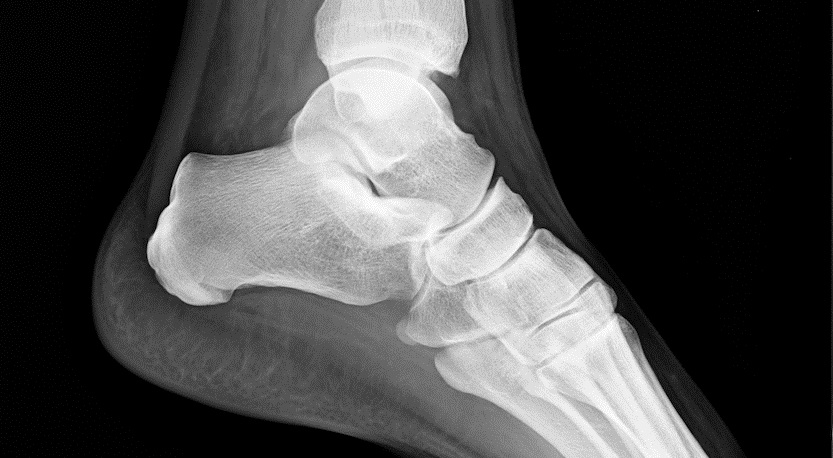As the primary component of the organic matrix, hydrated type 1 collagen confers plasticity to the otherwise brittle mineral phase of bone. Post‐translational modifications (PTMs) to the triple helical collagen form crosslinks within and between neighboring collagen molecules and fibrils, thereby further influencing the structural integrity or deformation mechanics of the organic matrix.
To date, there are no non‐destructive tools or tools with minimal sample preparation to assess collagen structure or collagen integrity in bone, even though age‐ and disease‐related changes to collagen likely affect fracture risk.
Raman spectroscopy (RS) has the ability to assess collagen characteristics of bone, and recent advances in the transcutaneous acquisition of Raman signals from bone in vivo using fiber‐optic probes makes clinical assessment of the organic matrix possible. To help with the translation toward bone diagnostic assessment, establishing the sensitivity of RS to PTMs that affect the secondary structure of collagen I could be useful.
Non‐enzymatic crosslinking of collagen also occurs and initially involves the Maillard reaction between lysine residues and reducing sugars. Subsequently, the adducted sugar moiety can react with either lysine or arginine side chains, thus completing crosslink formation and result in the formation of an advanced glycation end‐product (AGE). Mechanistically, AGE accumulation in the bone matrix is thought to impede collagen fibril deformation (brittle effect), and this loss in energy dissipation reduces the fracture resistance of bone. Establishing a non‐destructive method for spatially assessing advanced glycation end‐products (AGEs) is a potentially useful step toward investigating the mechanistic role of AGEs in bone quality.
Accordingly, since AGEs can alter the collagen structure a team of researchers from the Vanderbilt University Medical Center in Nashville, US, hypothesized that glycation of the organic matrix affects sub‐peak ratios of the amide I band. In testing this hypothesis, they assessed whether changes in the previously reported RS measurements of PEN in rodent bone could be detected in human cortical bone.
“We previously found that ~1670/1640 ratio increased with thermal denaturation and mechanical damage and an increase in this ratio was inversely associated with the toughness of bovine cortical bone. However, the current study showed that the same ratio decreased with increasing in AGEs accumulation suggesting that the observed NEG‐mediated changes in the secondary structure of collagen I should increase toughness” according to team member Jeffry S. Nyman. In conclusion, being sensitive to sugar‐mediated changes in the amide I and hydroxyproline‐to‐proline ratio, Raman spectroscopy can assess the contribution of advanced glycation end‐product accumulation to the secondary structure (helical nature) of collagen I structure, especially when using direct sub‐peak identification methods, not sub‐band fitting methods.

















